When we think of speed in the animal kingdom, we often picture cheetahs sprinting across savannas or peregrine falcons diving at over 200 mph. However, there’s another kind of speed that deserves just as much attention – the rapid fluttering of bird wings. In the avian world, wingbeat frequency is a fascinating measure of physical capability, with some species achieving truly astonishing rates. From tiny hummingbirds to industrious songbirds, the competition for the fastest wingbeats reveals incredible adaptations and specialized flight mechanisms. This high-speed world of fluttering wings not only captivates bird enthusiasts but also provides scientists with insights into the physical limits and evolutionary advantages of different flight strategies. Join us as we explore the champions of this unique race and discover which birds truly have the fastest wings on the planet.
The Science Behind Wingbeats
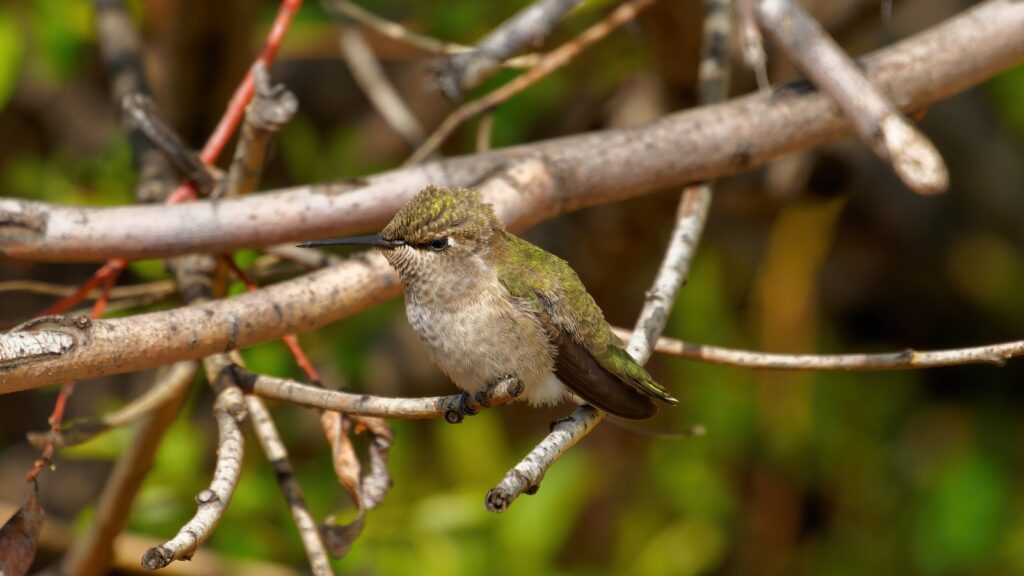
A wingbeat is a complete cycle of wing movement, consisting of both the downstroke and upstroke phases. During the downstroke, birds generate most of their lift and thrust by pushing against the air, while the upstroke typically involves repositioning the wing for the next power stroke. The frequency of these cycles is measured in beats per second (Hz) and varies dramatically across species depending on body size, wing shape, and evolutionary adaptations. Smaller birds generally achieve higher wingbeat frequencies due to the physics of flight – their smaller wing muscles can contract and relax more rapidly than those of larger birds. The energy requirements for maintaining high-frequency wingbeats are enormous, requiring specialized metabolic adaptations including larger hearts relative to body size, higher concentrations of energy-producing mitochondria in flight muscles, and extremely efficient respiratory systems. Scientists use sophisticated technology, including high-speed cameras capable of recording thousands of frames per second, to accurately measure these ultrafast movements that are otherwise invisible to the human eye.
Hummingbirds: The Undisputed Champions
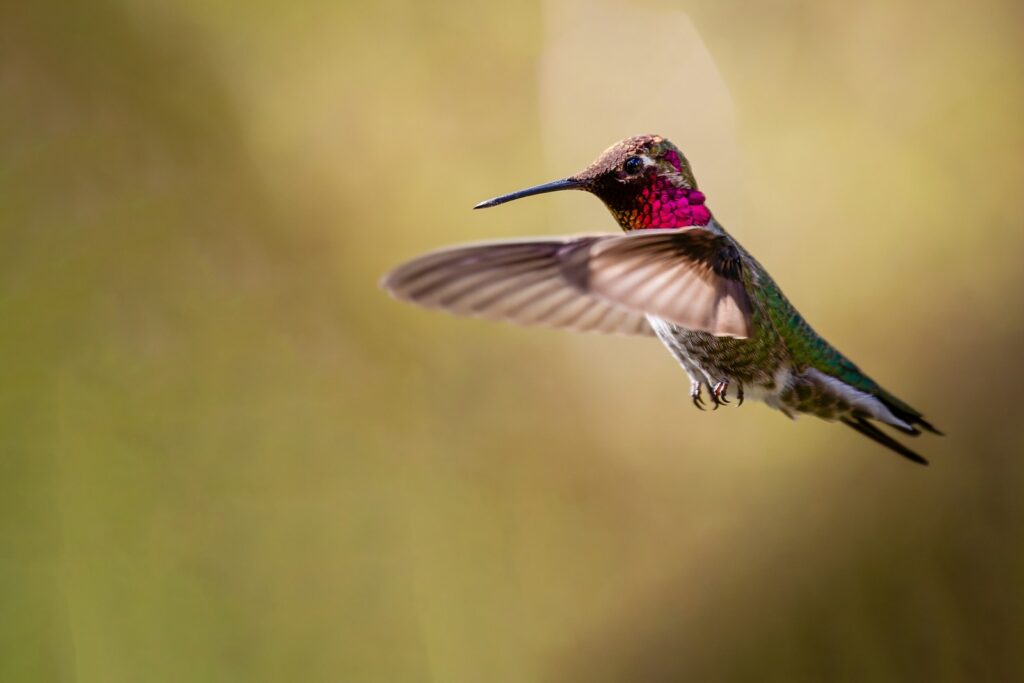
Hummingbirds stand alone as the masters of rapid wingbeats in the avian world, with frequencies that far surpass all other bird families. Their specialized flight mechanism involves rotating their wings in a figure-eight pattern, generating lift on both the forward and backward strokes – a unique capability among birds that allows them to hover with exceptional precision and even fly backward. The average hummingbird species maintains wingbeat rates between 50-80 beats per second during normal flight, increasing dramatically during complex aerial maneuvers or courtship displays. Their flight muscles, which can account for up to 30% of their body weight, are composed primarily of “fast-twitch” fibers that excel at rapid contractions. This extraordinary adaptation comes at a significant metabolic cost – hummingbirds must consume more than their body weight in nectar daily and can starve to death within hours if unable to feed, demonstrating the extreme energy demands of maintaining such rapid wing movements.
The Ruby-throated Hummingbird’s Impressive Stats
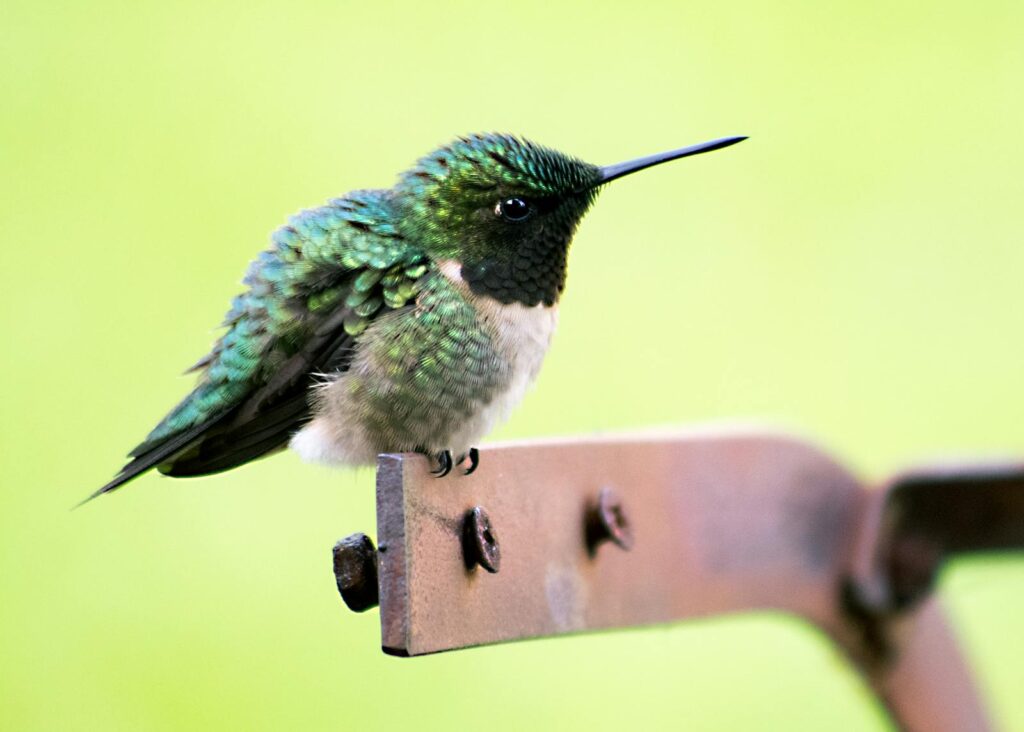
The Ruby-throated Hummingbird (Archilochus colubris), common across eastern North America, demonstrates remarkable wingbeat capabilities that exemplify the family’s impressive aerial abilities. During normal feeding behaviors, these tiny birds maintain wingbeat frequencies of approximately 53 beats per second, visible only as a blur to the naked human eye. Their wingbeat frequency increases significantly during their epic migration across the Gulf of Mexico – a non-stop journey of up to 500 miles where they may reach rates exceeding 80 beats per second. Male Ruby-throated Hummingbirds perform spectacular courtship displays where they dive at speeds approaching 60 mph while their wingbeat frequency spikes to its maximum. Despite weighing only about 3 grams (roughly the weight of a penny), these birds have hearts that can beat over 1,200 times per minute during intense activity, supporting the tremendous energy demands of their rapid wingbeats.
The Amethyst Woodstar: A Tiny Speed Demon
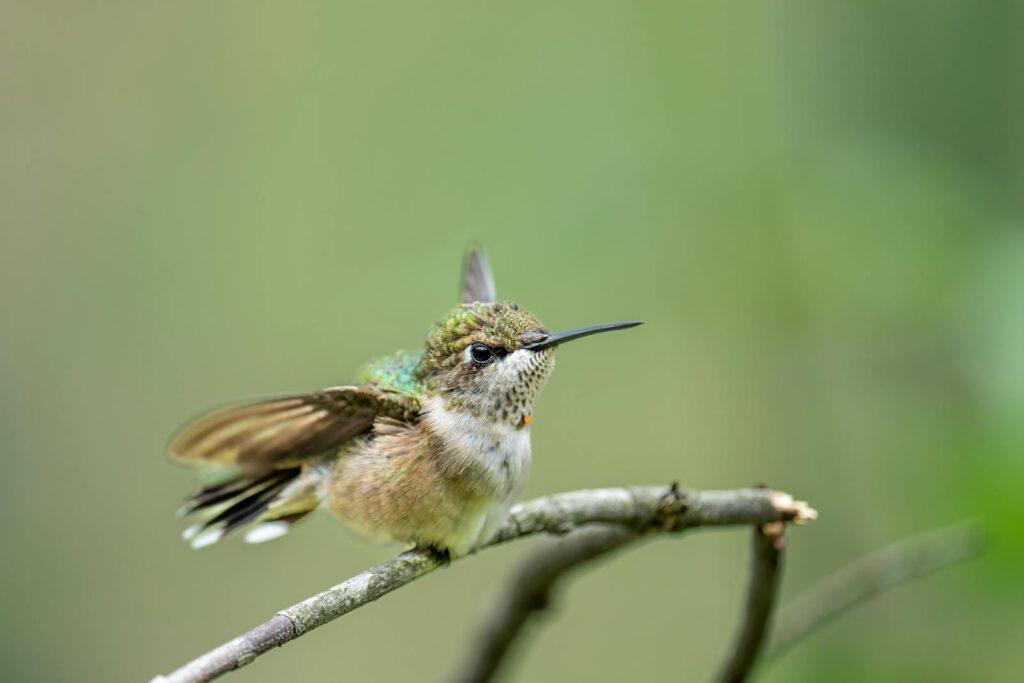
The Amethyst Woodstar (Calliphlox amethystina), a diminutive hummingbird species native to South America, holds one of the highest recorded wingbeat frequencies in the entire bird world. Scientific measurements have documented this tiny marvel achieving an astonishing 80-100 beats per second during courtship flights, placing it among the absolute fastest wing-beaters on the planet. At merely 2.5 grams, it ranks among the smallest hummingbirds, demonstrating the inverse relationship between body size and potential wingbeat frequency. The Amethyst Woodstar’s wings are proportionally shorter than those of many other hummingbirds, a physical adaptation that facilitates these extraordinarily rapid movements by reducing the wings’ moment of inertia. During courtship displays, males create distinctive buzzing sounds with their wings that are directly related to their incredible wingbeat speed, serving as both visual and auditory signals to potential mates about their physical fitness and genetic quality.
The Bee Hummingbird’s Record-Breaking Performance
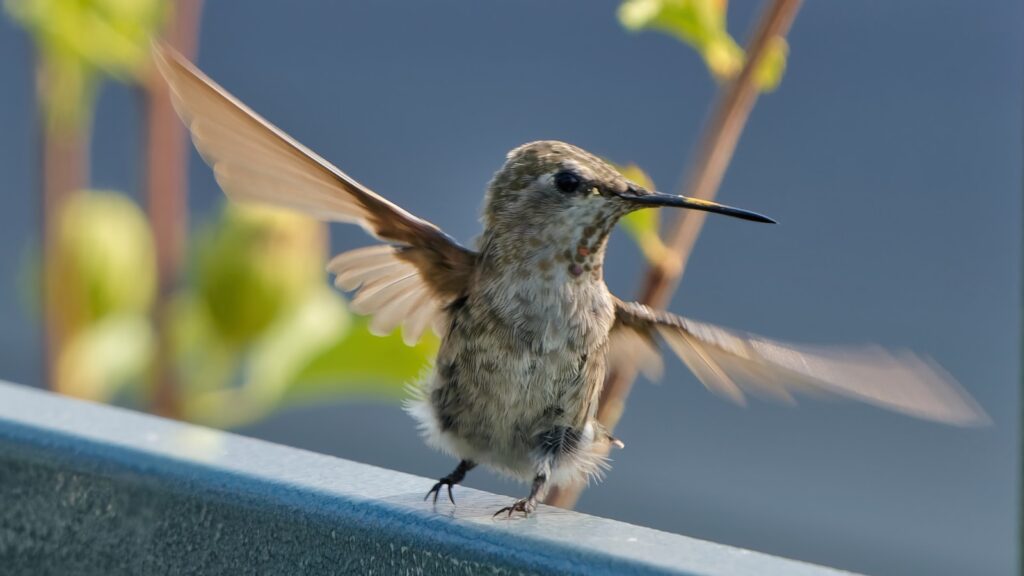
The Bee Hummingbird (Mellisuga helenae), native to Cuba, holds the distinction of being the smallest bird in the world at just 2-2.4 grams, lighter than a penny. This minuscule size gives it a significant advantage in the wingbeat race, with this species capable of achieving the truly remarkable frequency of up to 80 beats per second during normal flight and potentially exceeding 200 beats per second during courtship displays and territorial confrontations. The physics of its tiny wings creates unique aerodynamic properties that allow for this extraordinary performance, pushing the boundaries of what seems physically possible. Their metabolic rate is correspondingly extreme – they must consume nearly twice their body weight in nectar and small insects daily, with their hearts beating at up to 1,260 times per minute during active flying periods. To put this incredible speed in perspective, if human arms could move at comparable rates relative to body size, they would complete a full rotation in about 1/50th of a second – a physically impossible feat given our muscle physiology.
Beyond Hummingbirds: Other Fast Flappers
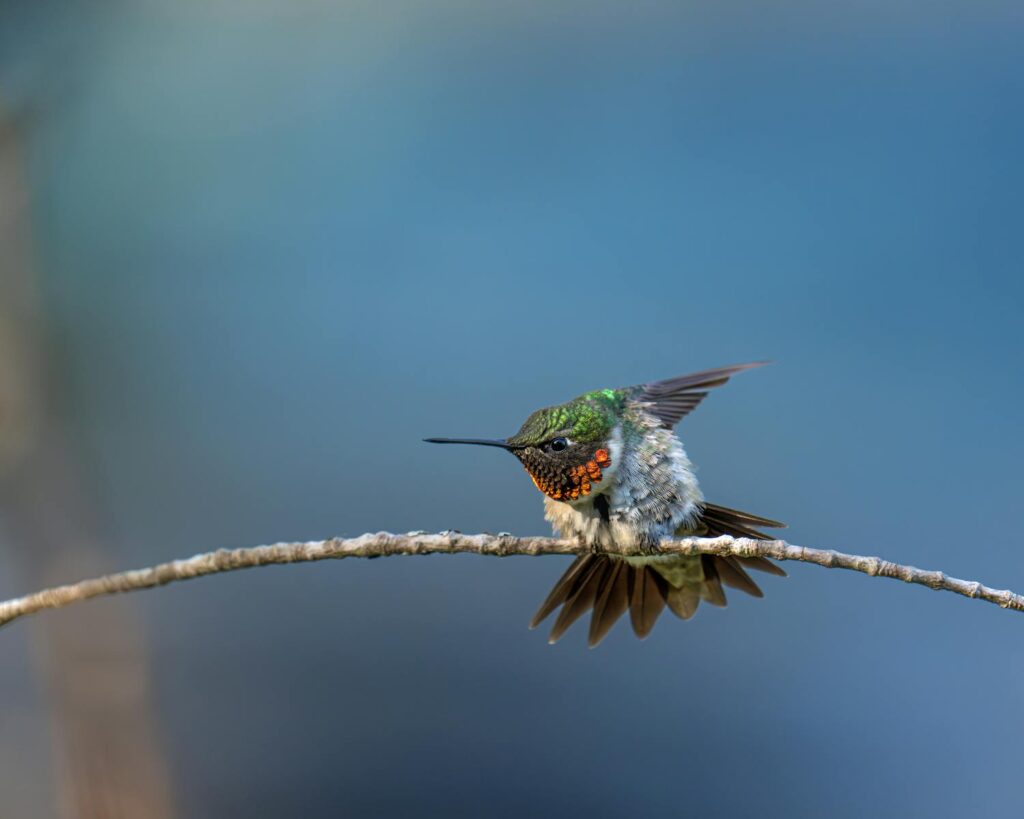
While hummingbirds dominate the top positions for fastest wingbeats, several other bird families demonstrate impressive wing speeds that deserve recognition. Certain species of sunbirds, particularly those in the genus Cinnyris, can achieve wingbeat frequencies of 25-30 beats per second when hovering at flowers, evolving convergent adaptations to hummingbirds despite being unrelated. The wings of the Common Swift (Apus apus) slice through the air at approximately 8-10 beats per second, which, while slower than hummingbirds, enables them to maintain continuous flight for up to ten months without landing – the longest non-stop flight period of any bird. Among songbirds, the Winter Wren (Troglodytes hiemalis) demonstrates particularly rapid wingbeats at around 27 beats per second during short flights, helping this tiny bird maneuver quickly through dense underbrush. Chickadees and kinglets, despite their small size, generate wingbeat frequencies of 18-24 beats per second, allowing them to hover briefly when gleaning insects from leaves, an adaptation that expands their feeding opportunities in their forest habitats.
Size Matters: The Physics of Fast Wingbeats
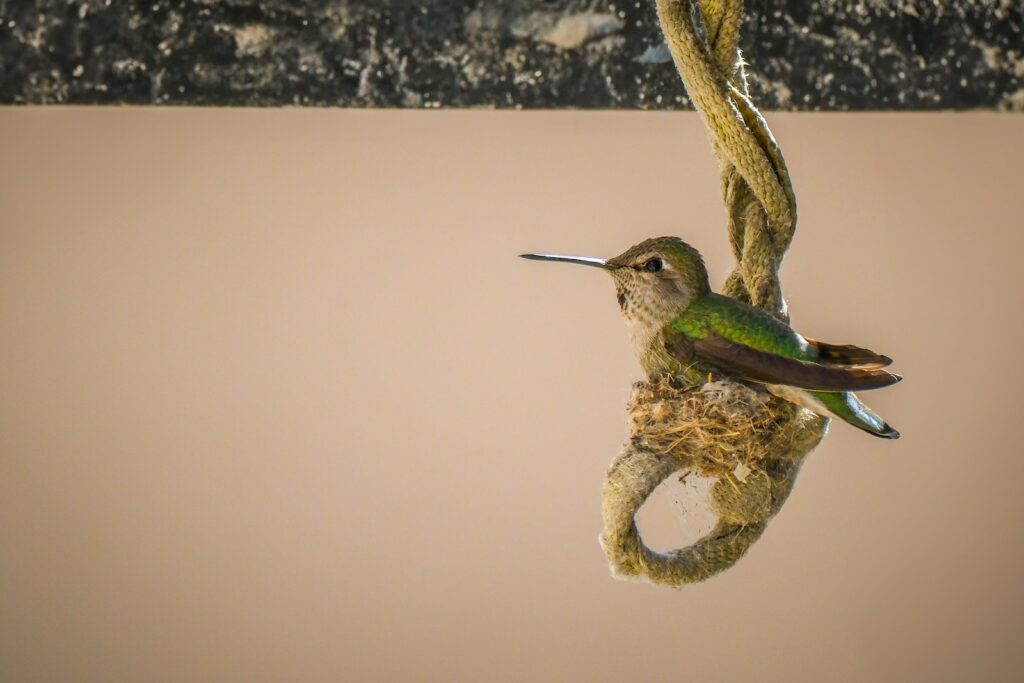
The relationship between body size and wingbeat frequency follows a well-established inverse correlation across the avian world, governed by fundamental principles of physics and biomechanics. Smaller birds can achieve faster wingbeats primarily because their flight muscles have less mass to accelerate and decelerate with each stroke, allowing for more rapid contraction cycles. This relationship follows an approximate mathematical rule where wingbeat frequency is inversely proportional to body mass raised to the power of 0.375, as demonstrated in research across hundreds of bird species. The mechanical properties of muscle tissue impose ultimate limits on contraction speed, with smaller animals approaching these physiological boundaries. Large birds like eagles and condors, despite their impressive flight capabilities, are limited to relatively slow wingbeat frequencies of 3-5 beats per second due to the physical constraints of moving their massive flight apparatus. This size-based limitation explains why the world’s fastest wingbeats are exclusively found among the smallest bird species, with the record holders all weighing less than 5 grams.
How Scientists Measure Wingbeat Frequency
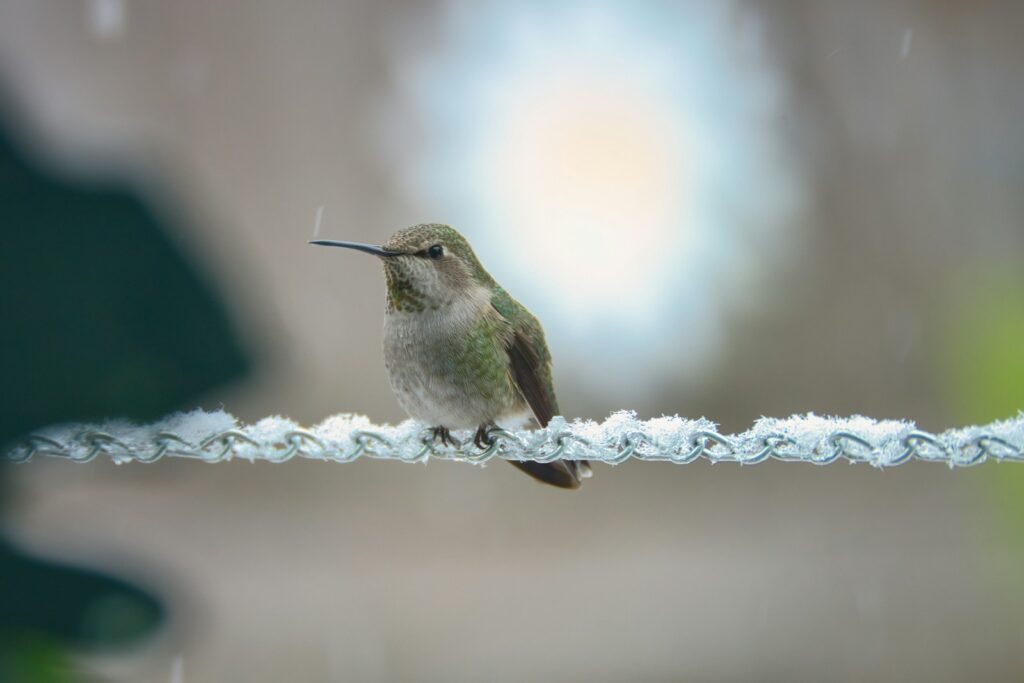
Accurately measuring the incredibly fast wing movements of birds requires sophisticated technology and specialized methodologies developed specifically for this purpose. High-speed videography forms the backbone of modern measurement techniques, with specialized cameras capable of capturing thousands of frames per second, allowing researchers to decompose wing movements that appear as mere blurs to the human eye. Doppler radar technology, similar to what meteorologists use to track weather patterns, can detect the frequency of bird wing movements by analyzing the radar signal reflected off moving wings, providing data even when visual observation is difficult. Some researchers employ acoustic analysis methods that capture and analyze the distinctive sounds produced by wingbeats, which can serve as reliable indicators of frequency in many species. More recently, miniaturized accelerometers and gyroscopes similar to those in smartphones, but specialized for research purposes, can be temporarily attached to birds to directly measure wing movement frequencies in free-flying individuals, providing unprecedented data about natural flight patterns in the wild.
Evolutionary Advantages of High-Speed Wings
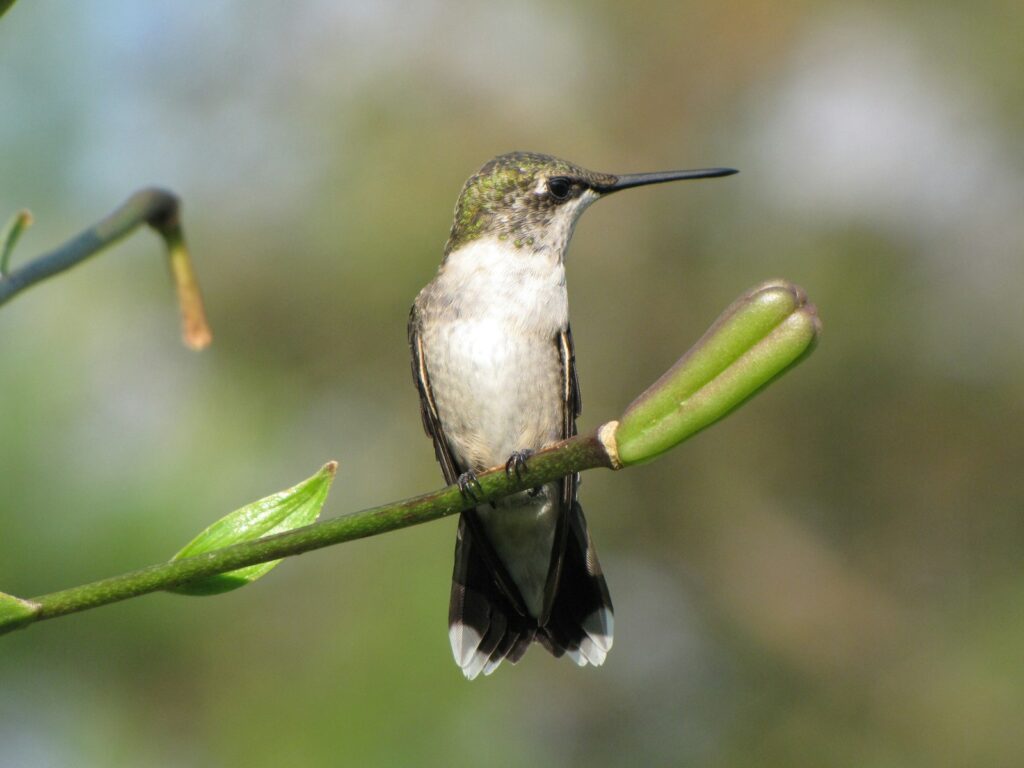
The evolution of extraordinarily rapid wingbeats represents a specialized adaptation that provides several competitive advantages to the species that possess this capability. For hummingbirds and similar hovering specialists, rapid wingbeats enable precise stationary flight, allowing them to feed on nectar from flowers without perching, accessing energy-rich food sources unavailable to most other birds. The maneuverability that comes with high wingbeat frequencies permits split-second directional changes and remarkable aerial agility, crucial for avoiding predators and navigating complex environments like dense forests. During courtship displays, males of many species with rapid wingbeats use this capability to create distinctive sounds and visual displays that signal their genetic quality and physical fitness to potential mates, directly influencing reproductive success. Additionally, some species use their rapid wing movements to generate specialized sounds that startle insects into movement, making them easier to detect and capture as prey – a hunting strategy that would be impossible without high-frequency wingbeats.
The Metabolic Cost of Speed
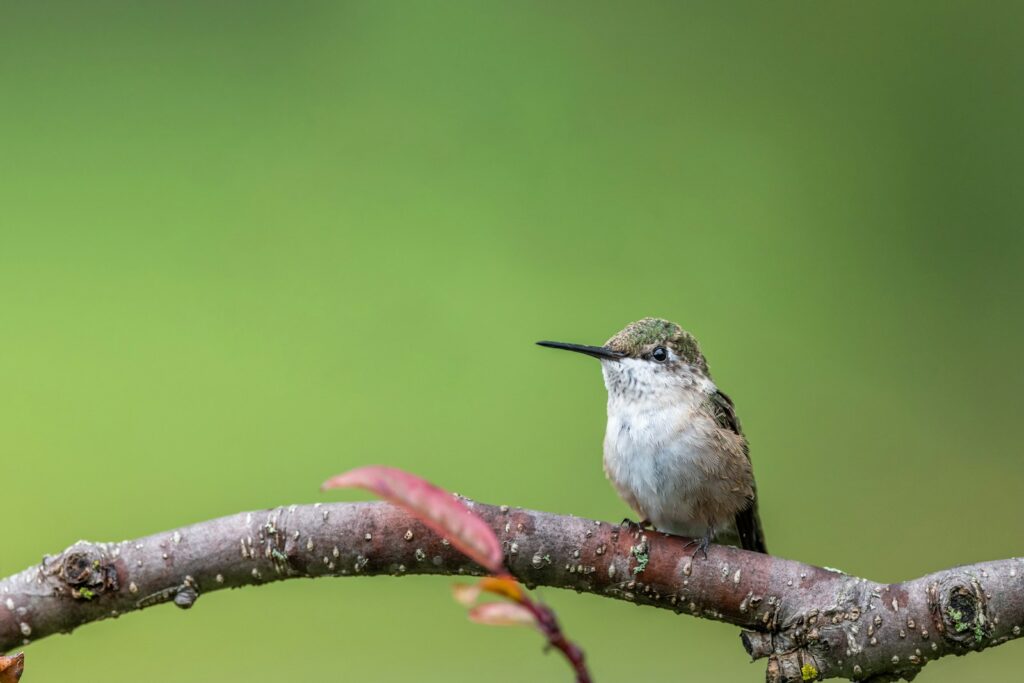
The extraordinary wingbeat frequencies achieved by hummingbirds and other fast-flapping species come with enormous metabolic demands that shape every aspect of these birds’ lives. Hummingbirds typically maintain metabolic rates that are 10-15 times higher than similarly-sized non-flying birds, requiring them to consume more than their body weight in nectar daily just to maintain energy balance. Their highly specialized cardiovascular systems feature hearts that are proportionally among the largest of any vertebrate, comprising up to 2.5% of body weight (compared to about 0.5% in humans), capable of beating over 1,200 times per minute during intense activity. To support these extreme energy requirements, hummingbird flight muscles contain the highest mitochondrial densities measured in any vertebrate tissue – up to 35% of muscle volume is dedicated to these cellular powerhouses that generate ATP, the molecular energy currency. During cold nights, these high-metabolism birds must enter torpor – a hibernation-like state where body temperature and metabolism drop dramatically – to avoid starving to death before morning, underscoring the precarious energy balance they must maintain as a tradeoff for their remarkable flight capabilities.
Comparing Birds to Insects: Who Truly Has the Fastest Wings?
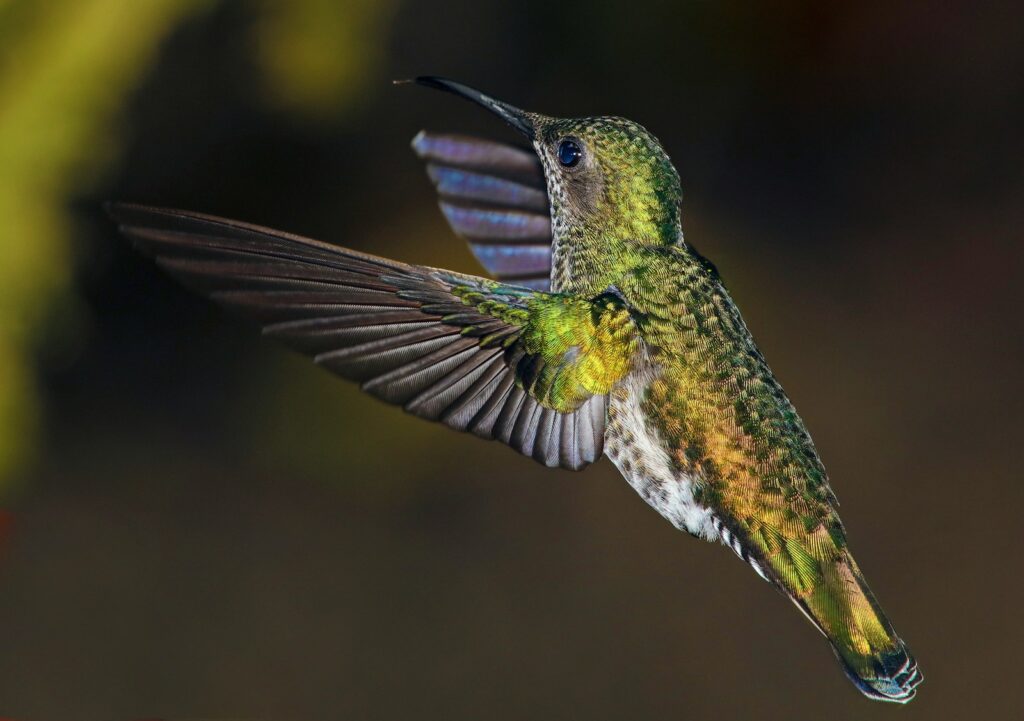
While birds achieve impressive wingbeat frequencies, the absolute champions of rapid wing movement in the animal kingdom are found among insects, whose different physiological structure enables frequencies that far surpass any vertebrate. The tiny midge Forcipomyia produces an astonishing 1,046 beats per second – more than ten times faster than the quickest hummingbird, holding the record among all known flying creatures. Mosquitoes typically maintain wingbeat frequencies between 300-600 Hz, creating the distinctive high-pitched whine we associate with these insects, achieved through specialized flight muscles that operate through a unique mechanism called asynchronous muscle contraction. The common fruit fly (Drosophila) generates approximately 200 wingbeats per second, still double the fastest bird’s capabilities, despite having a brain containing only about 100,000 neurons compared to a hummingbird’s 2-3 billion. This dramatic difference stems from fundamental differences in flight mechanics – insect flight muscles can contract without receiving a new nerve impulse for each beat, using a mechanism where the muscles are stretched and activated by the movement of the wing itself, while bird muscles require discrete neural signals for each contraction, creating an upper limit on possible frequency.
The Future of Wingbeat Research

The study of extremely rapid wingbeats continues to evolve with advances in technology enabling more precise measurements and deeper insights into this fascinating aspect of avian biology. Emerging research using computational fluid dynamics is revealing how different wingbeat patterns create unique vortex structures in the air, potentially explaining why specific frequencies offer optimal efficiency for different species and flight behaviors. Miniaturization of sensing technology is allowing scientists to collect previously impossible data, with tiny sensors weighing less than 0.2 grams now capable of being attached to even the smallest hummingbirds without affecting their flight, providing the first continuous measurements of wingbeat frequencies in truly wild, free-flying individuals. Comparative genomics research is beginning to identify the genetic foundations for the specialized muscle proteins and metabolic adaptations that enable extraordinary wingbeat speeds, potentially revealing how these extreme capabilities evolved independently in different lineages. As climate change alters habitat distributions and flowering patterns, understanding the energetic demands of high-frequency wingbeats becomes increasingly important for conservation efforts, particularly for species like hummingbirds whose precise energy balance may be disrupted by shifting food availability patterns.
Conclusion: The Champions of Wing Speed
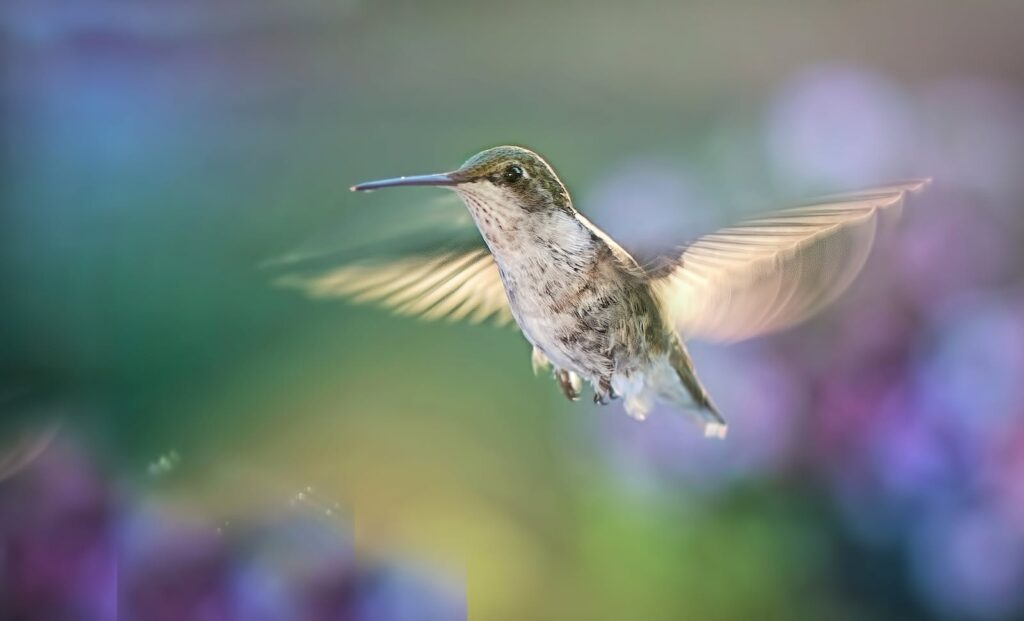
In the remarkable race for the fastest wingbeats in the bird world, the tiny hummingbirds – particularly the Bee Hummingbird and Amethyst Woodstar – stand as the undisputed champions, achieving frequencies that push against the very limits of vertebrate muscle physiology. These extraordinary capabilities represent a perfect example of specialized evolutionary adaptation, where the advantages of hovering flight and nectar feeding have driven the development of uniquely high-performance flight systems despite their enormous energetic costs. While insects may claim the absolute records for wing movement frequency in the animal kingdom, the achievement of birds is perhaps more impressive considering the constraints of vertebrate muscle structure and the larger size of even the smallest birds. The study of these aerial marvels continues to expand our understanding of biomechanics, energetics, and evolutionary adaptation, while reminding us of nature’s remarkable capacity to evolve specialized solutions to ecological challenges. As we contemplate these tiny feathered speed demons and their blurring wings, we gain a deeper appreciation for the extraordinary diversity of adaptations that allow birds to conquer virtually every habitat on our planet.
